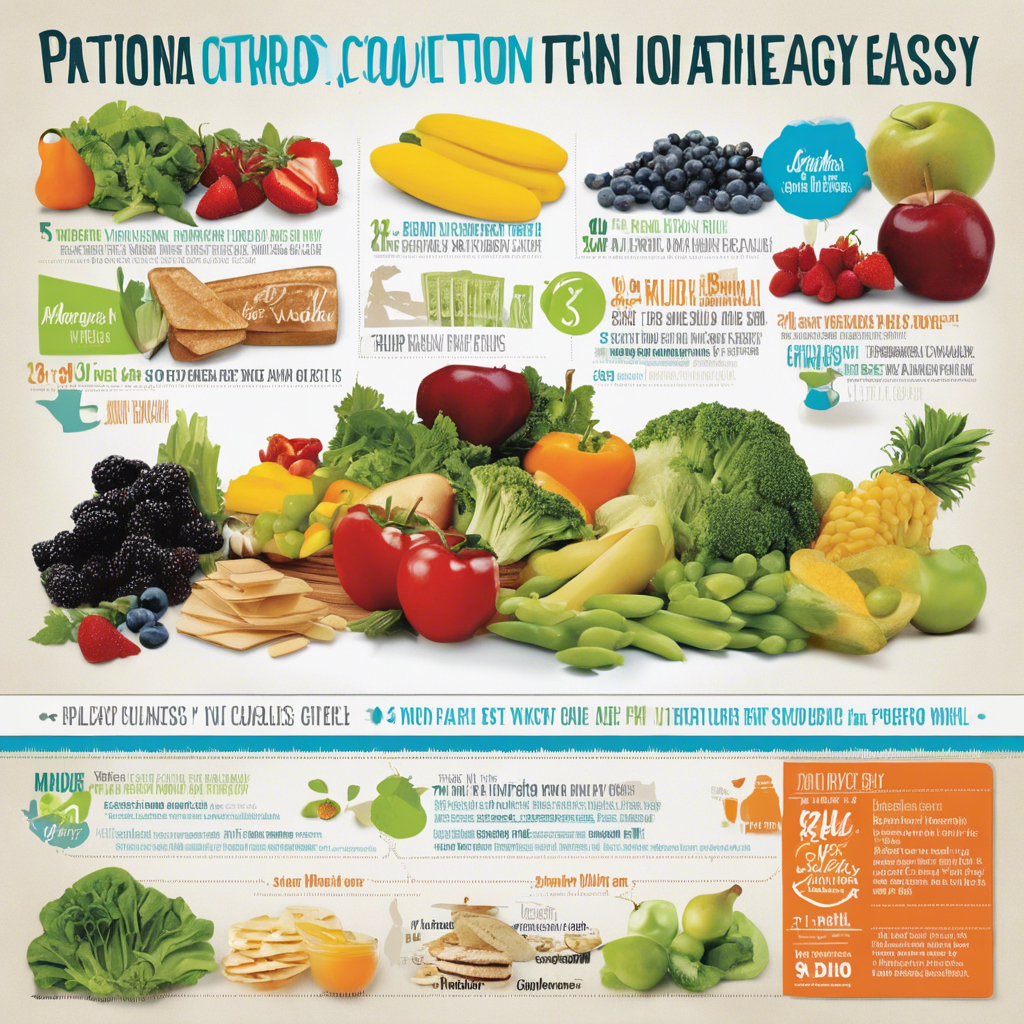We all know that managing portion sizes is crucial for maintaining a balanced diet and a healthy relationship with food. But in a world of supersized meals and endless snacks, understanding proper portions can be challenging. So, how can we ensure we’re eating the right amounts of the right foods? It starts with education and a bit of portion control trickery!
First, let’s talk about the visuals. Our brains are highly responsive to visual cues, and this can be used to our advantage when plating our meals. A simple trick is to use smaller plates and bowls. It creates the illusion of a fuller plate and helps trick your brain into thinking you’re eating more. For example, a healthy portion of protein, such as chicken or fish, should be no larger than the palm of your hand. Similarly, a serving of starch, like rice or potatoes, should be no bigger than your clenched fist.
Vegetables are an essential part of a balanced diet, and a good rule of thumb is to fill half your plate with veggies. Again, visual cues come into play. If you have a colorful array of vegetables on your plate, not only does it look more appealing, but it also helps ensure you’re getting a variety of nutrients. Aim for a rainbow on your plate!
Now, let’s talk about snacks. It’s easy to mindlessly munch our way through a family-sized bag of chips. To avoid this, portion out your snacks into single-serve containers or bags. That way, you’re less likely to overeat, and you’re also creating a visual reminder of how much you’re consuming.
Beverages often get overlooked when it comes to portion control. Liquid calories can add up quickly, so it’s important to be mindful. A good guideline is to stick to water or unsweetened beverages as your primary drink choices. If you’re drinking juice or soda, pour yourself a small glass rather than drinking straight from the container.
Another great tip is to eat slowly and mindfully. When we rush our meals, we often lose touch with our body’s hunger cues. By slowing down and savoring our food, we give our brains time to register fullness, preventing overeating.
Lastly, remember that portion control is not about deprivation or strict dieting. It’s about finding a healthy balance that works for you and your body. Listen to your hunger cues, and don’t be afraid to adjust your portions accordingly. With a bit of practice and these simple visual guidelines, you’ll be a portion control pro in no time!
Remember, these simple portion control tips can help you develop a healthier relationship with food and make it easier to maintain a balanced diet. It’s not about restrictive dieting but rather finding a sustainable approach to healthy eating that works for you and your lifestyle.
